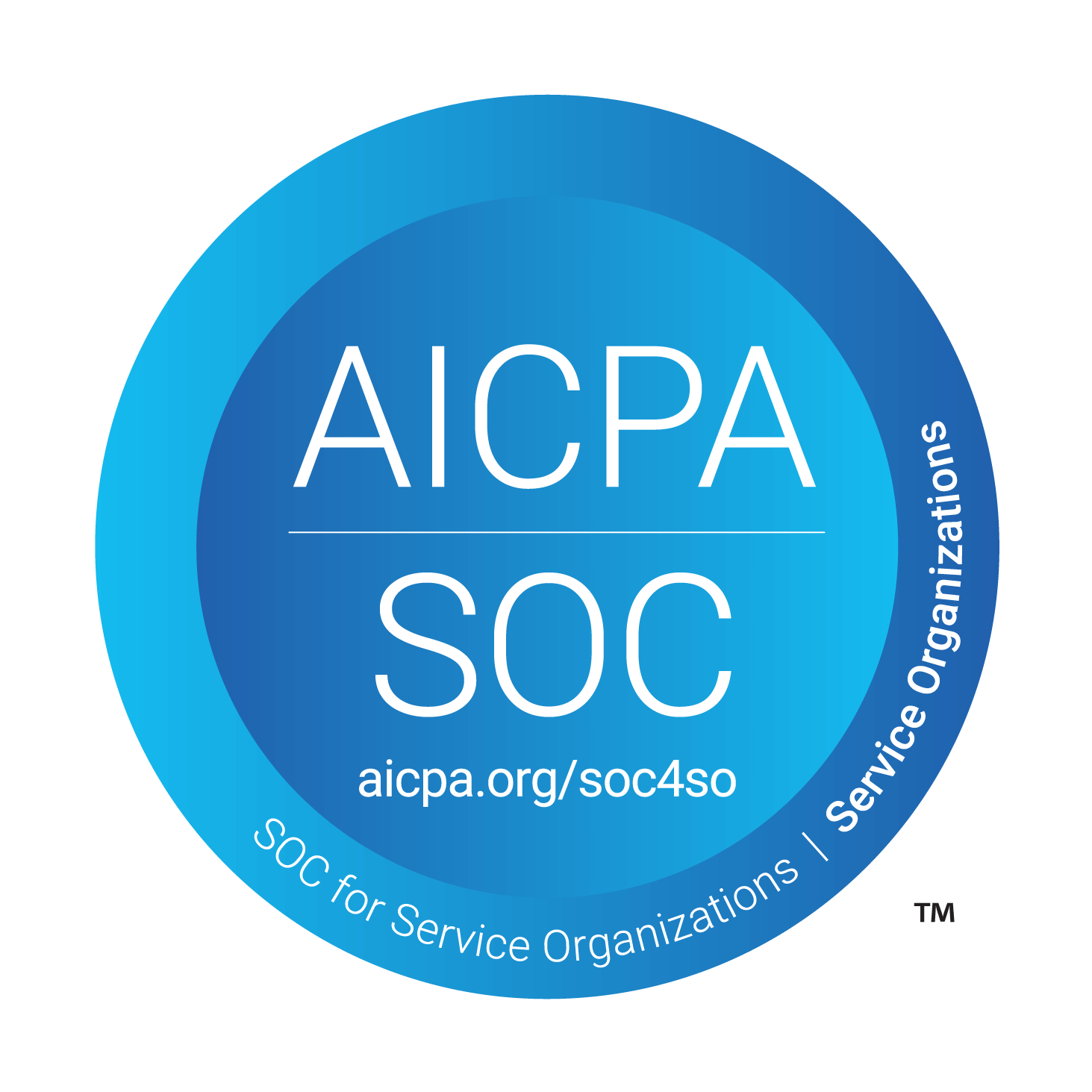How To Reduce Churn At Your SaaS Company With Customer Self Service Modules?
May 10, 2024

Olivier van den Hoogen
Co-founder Turf
SaaS customers prefer self-service above direct support
67% of customers prefer to solve product issues on their own, rather than having to rely on a company's customer service. Does this mean you should only provide customer self-service modules and not allow your users to directly reach out for support? It depends. In theory, you would need to be able to make your self-service modules so complete and effective that every user can always find their desired answer on their own. Realistically, that takes a lot of time and data on all edge cases and possible support queries. It is near impossible to always cover 100% of the cases, but does that actually matter?
A report by Forrester found that companies with effective self-service capabilities experience a 76% improvement in customer satisfaction scores.
This indicates that the positive business impact of the customers that are able to find their answer through self-service should just outweigh the negative business impact of the customers that are not able to find their answer through self-service, for your self-service initiatives to be worth it.
This leaves us with the core question of whether the net business impact of going fully self-service is higher compared to keeping a hybrid model that does include a direct support channel. In theory, at a certain level of completeness of your self-service modules this would be the case. What that level is varies based on your product, target audience, and of course the nature of your average support ticket.
For bigger software companies with a lot of support ticket data, knowledge about how people are using their product, and a big user base, it is a lot easier to provide near 100% complete self-service modules. For smaller sized software companies this naturally will be a lot harder and going fully self-service will not yet provide a net positive business impact. Smaller software companies will have to build up their self-service modules as they go while providing direct support possibilities.
How does customer self-service affect customer churn rates?
Improved Customer Satisfaction: Self-service options empower customers to find solutions to their problems independently and promptly. When customers can address issues quickly and efficiently without the need for direct assistance from support agents, they are more likely to be satisfied with their overall experience. Higher satisfaction levels correlate with lower churn rates.
Faster Problem Resolution: Self-service options, such as knowledge bases, FAQs, and troubleshooting guides, enable customers to resolve issues without waiting for assistance from support teams. This leads to faster problem resolution, reducing frustration and dissatisfaction that could otherwise contribute to churn.
Reduced Support Costs: By offering self-service options, companies can lower their support costs by enabling customers to find answers to their questions independently. This reduces the need for direct support interactions, freeing up resources that can be allocated to other areas of the business. Lower support costs can translate to more competitive pricing or improved operations on other sides of the business, which can help reduce churn by increasing customer satisfaction and loyalty.
Increased Accessibility: Self-service options provide customers with direct access to support resources 24/7, regardless of business hours or time zones. This ensures that customers can find assistance whenever they need it, reducing the likelihood of churn due to unresolved issues or frustration with limited support availability.
Scalability of Support: As the customer base grows, self-service options can efficiently scale to accommodate increasing demand for support. This ensures that customers continue to receive assistance in a timely manner, even as the company expands its customer base. Scalable support options can help maintain high levels of customer satisfaction and retention, reducing churn rates in the long run.
Conclusion
Overall, customer self-service can have a significant impact on customer churn rates by improving satisfaction levels, enabling faster problem resolution, reducing support costs, increasing accessibility to support resources, empowering customers, and providing scalable support options. By investing in effective self-service strategies from the start, companies (big or small) can enhance the overall customer experience and reduce churn rates. SaaS companies should strive to be more self-service led as they grow and build up more complete self-service modules to be able to lower churn rates as much as possible and benefit key business objectives.





